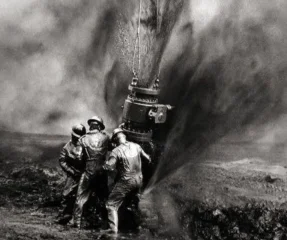Tornado
VIP MEMBER
- Joined
- Dec 5, 2017
- Messages
- 5,263
I did the in-situ seal repleacement b/c I'd never taken a head off previously and was steep into my classic bike learning curve at the time. The method I linked, know as Ludwig's procedure, worked well for me. I used a slightly different method to hold the valves up while working...known as the "Rope trick"...basically stuff a soft length of rope in thru the spark plug hole while at TDC...until no more will go in, this supports the valves in fully closed position while working. Ludwig's method makes a simple hooked tool to support an inlet valve with tool in through plug hole. With this method I also changed out the springs, for both intake and exhausts & insulators (exhausts only). Took me an afternoon with my basic tools and skills. Ludwig claims 45 min with some experience. It solved the puffs of smoke I was seeing and was a happy rider for another 3 or 4 k miles before my cooper head gasket blew up and had to take head off. This was more like a few hours off, a few more hours back on and 4-5 rounds of re-torquing all the bolts over next number of days (composite gasket....cooper does not need so many rounds). When head was off, I found loose a valve guide so had a local MC machinist do the guides/re-grind seats, new valves and put helicoils in the three head studs...all for about $500 CDN plus three to four weeks turn around time due to his schedule. In the end happy that was all done.

